Learn Modern Lime Production Process and Technology in 3 Parts
Compare of Lime Production Process and Technology Present and History
Lime is a necessary auxiliary material in the steelmaking process. Its quality directly affects the amount and quality of steel produced, making lime quality crucial for metallurgical enterprises. China, the earliest country to discover and use lime, faced challenges due to outdated technology, particularly old kiln types like brick lime kilns. These were highly polluting, produced poor-quality lime, consumed extra energy, and had low output, failing to meet the steel-making lime quality requirements.
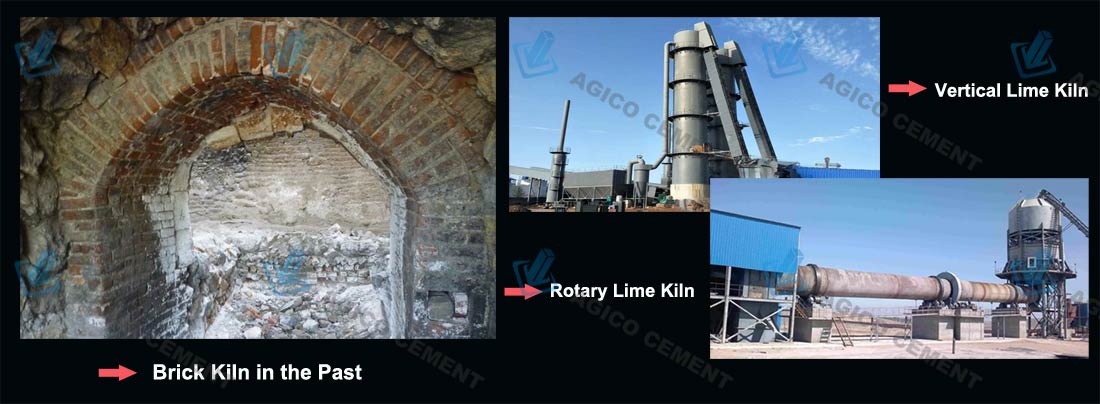
Compared with today’s mechanized and fully automated calcination, 70% of the lime kilns in the past were brick kilns without any environmental protection measures. While they were built at a low cost, they caused significant industrial pollution. Eliminating brick lime kilns and building modern lime kilns can lead to energy savings, environmental protection, and high efficiency. This is not only an environmental protection requirement, but also an inevitable trend for modern lime production process factories. Below is a brief analysis from 3 parts: lime raw materials, fuel options, and calcination equipment.
3 Key Factors in Calcination Process of Limestone
1. Raw Material Preparation: Limestone
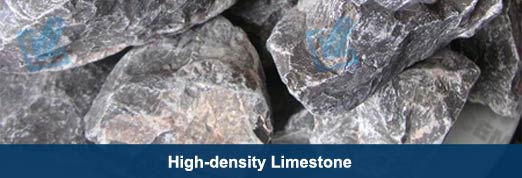
Limestone is a sedimentary rock primarily composed of calcium carbonate, calcium-magnesium carbonate, or a mixture of both. It is categorized into 3 types based on density:
- Low-density limestone: 1,760~2,160 kg/m³
- Medium-density limestone: 2,160~2,560 kg/m³
- High-density limestone: >2,560 kg/m³
Limestone has good processability, polishability, and cementation properties. It is insoluble in water but easily soluble in saturated sulfuric acid, reacting with strong acids to form corresponding calcium salts and release CO2. When heated above 900°C, limestone undergoes the following reaction: CaCO3 > 900°C = CaO + CO2.
Since limestone (CaCO3) is a natural mineral, it contains impurities that hinder calcination, primarily SiO2, Al2O3, Fe2O3, K2O, P, and S. These impurities originate from 3 sources:
| Source | Harmful Substances |
|---|---|
| Raw Limestone | SiO₂, Al₂O₃, Fe₂O₃, Na₂O, K₂O, P, S |
| Soil and Sand Attached to Limestone | |
| Impurities in Fuel |
These impurities directly affect the output and quality of calcined lime, so the selection of high-quality limestone critical for lime processing.
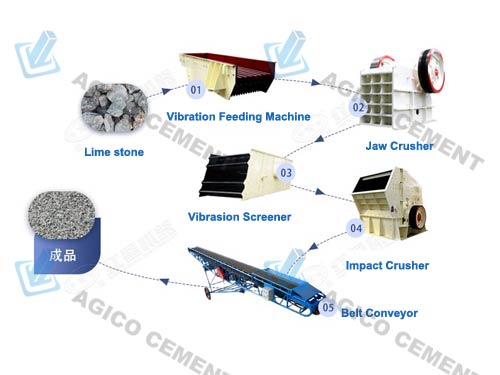
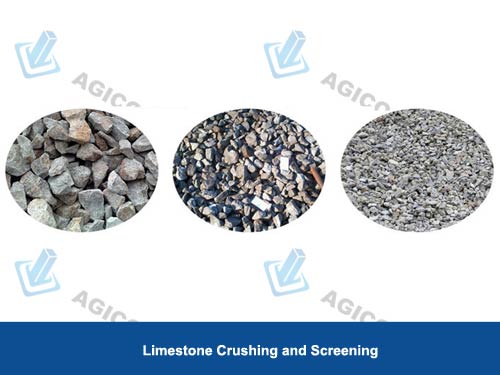
The particle size of raw limestone is crucial in limestone calcination. Since CO2 separation starts at the surface and progresses inward, larger limestone particles are harder to calcine and require more time. Scientific analysis shows that calcination time at a given temperature is proportional to the square of the limestone’s thickness. For example, 80mm stone takes four times longer to calcine than 40mm stone. Ideally, use limestone with a particle size of 40-80mm for vertical kilns and 10-30mm for rotary kilns.
Selection of LimestoneLimestone with high calcium content is dense and hard to burn but yields good-quality lime ash. Conversely, limestone with low calcium content is less dense, and easier to burn, but produces poorer-quality ash. Limestone quality is carefully selected for use after analyzing the calcium content and other substances in limestone through chemical tests, wear tests, and calcination tests.
2. Fuel for Limestone Calcination

Various fuels can be used for limestone calcination, including solid, liquid, and gas fuels.
- Solid Fuels: Primarily coal and its processed products. High-calorific, low-sulfur coal is ideal, but it is costly and highly polluting.
- Liquid Fuels: Petroleum and its processed products, typically atomized and burned. However, they are generally avoided due to high costs and pollution.
- Gas Fuels: Include coking gas, generator gas, natural gas, blast furnace gas, converter gas, etc. Gas fuels are more energy-efficient and environmentally friendly than coal, increasing thermal efficiency by up to two times compared to coal and reducing NOX and SO2 emissions. Gas-fired kilns offer several benefits:
- Energy Saving: Especially with the use of residual gases from blast furnaces and coke ovens, gas-fired kilns offer significant energy savings.
- Environmental Protection: Gas-fired kilns emit fewer harmful gases, reducing atmospheric pollution and aiding environmental conservation.
- Uniform Furnace Temperature: Gas fuel burns evenly, ensuring consistent lime quality.
- Ease of Operation: Gas-fired kilns allow for easy monitoring and adjustments via instruments, making operation more straightforward than solid fuel kilns.
3. Lime Calcining Equipment - Lime Kiln
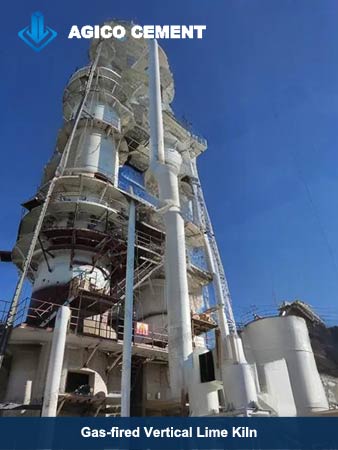
Several types of old style lime kilns, such as brick kilns, ordinary vertical furnaces, and rotary kilns. Among these, brick kilns and coal-fired ordinary vertical furnace lime kilns are now considered obsolete. Modern lime production primarily uses vertical lime kiln and rotary lime kiln with gas as fuel.
Example: Gas-fired Vertical Lime KilnFor instance, consider a 140m³ ordinary gas-fired vertical lime kiln:
- Dimensions: The kiln has an outer diameter of 4.29m, a height of 22.05m, and a material column height of 20m, with an effective volume of 140m³.
- Thermocouples and Burners: The kiln is equipped with 6 thermocouples and 16 burners.
- Air and Gas Flow: The gas-to-air ratio is between 1:2 and 1:2.5, with a flow rate of 7000m³/hour.
- Operation: The ash discharge interval is typically 60 minutes, with approximately 7 tons of limestone loaded per cycle, maintaining a stable material surface to produce good quality ash.
The choice of kiln size and design depends on specific requirements, but modern gas-fired kilns are preferred for their efficiency and ease of control.

